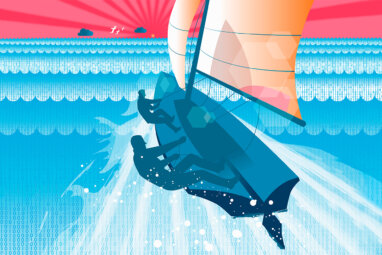Don’t Let Your Strategy Be Hijacked
How companies can preempt and manage consumer backlash.
Topics

Early in 2020, wireless sound-system manufacturer Sonos announced that it would no longer provide support for some of its oldest products: wireless speakers launched between 2006 and 2009. The company argued in an official blog post that the wireless speakers had been “stretched to their technical limits in terms of processing power” and “would no longer receive software updates or new features.” Moreover, systems containing both new and legacy products would no longer receive updates, making perfectly functional devices more-or-less useless, according to some critics. Hordes of angry users took to Twitter under the hashtag #SonosBoycott and argued that loyal early adopters were being punished. It did not take long for Sonos’s CEO to reach out, stating “We heard you. We did not get this right from the start,” and promising continued technical support for older devices.
This example illustrates a strategy hijack — that is, a situation in which groups of dissatisfied customers overtake the control of an organization’s strategy. Sonos is far from alone in having its strategy hijacked: Adidas, Coca-Cola, Carlsberg, H&M, and Lego, to mention a few examples, have had to adjust strategies in response to consumer backlash.
Our research explores the underlying causes of strategy hijacks, the changing nature of consumer-company dynamics, and resulting implications for leaders. Together, our findings suggest a fundamental shift in power dynamics in the realm of strategy stemming from technological and social developments that have changed how companies and customers interact. Thanks to the connectedness of social media, it’s becoming much easier for consumers to unite against companies — and thanks to the transparency of widely available data, it’s now also much easier for consumers to keep an eye on company behaviors.
Why Are Strategy Hijacks So Prevalent Now?
We argue that strategies increasingly become hijacked due to significant technological developments and fundamental changes in consumer behavior. Specifically, customers have become more entitled, engaged, and entangled. (See “Three Dimensions of Customer Behavior.”)
Let’s explore each of these dimensions of the modern customer.
Entitled. Customers become more entitled due to both technological and competitive developments. Technological developments have accelerated customer demands, both in terms of customization,




